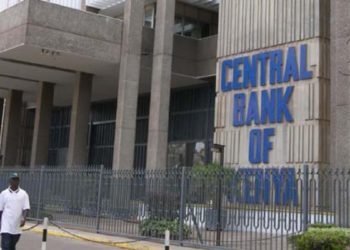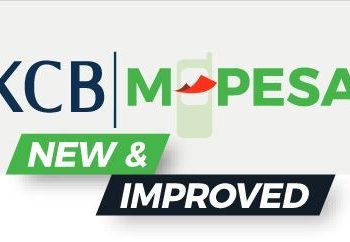Kenya has become a global leader in financial technology (fintech), transforming how people access, send, and manage money. The country’s rapid move toward a cashless economy is driven by innovation, accessibility, and a growing culture of digital payments. Fintech solutions such as mobile money, digital lending, and online banking are reshaping the financial landscape, boosting inclusion, and powering economic growth.
At the center of this transformation is M-Pesa, launched by Safaricom in 2007. M-Pesa revolutionized the way Kenyans transact by allowing users to send and receive money using basic mobile phones. Today, it processes billions of shillings daily and serves as the foundation for Kenya’s digital financial ecosystem. Beyond person-to-person transfers, M-Pesa has evolved into a platform supporting bill payments, savings, loans, and merchant transactions. Its success has inspired similar models across Africa and beyond.
The fintech boom has gone far beyond mobile money. Startups such as Tala, Branch, and Kopabay use data-driven algorithms to offer instant microloans to individuals without access to traditional banking. These platforms rely on smartphone data—like call history, spending patterns, and mobile payments—to assess creditworthiness, making financial services more inclusive. As a result, millions of Kenyans who were once excluded from formal financial systems can now borrow, save, and invest with ease.
Kenya’s fintech success is also supported by government policy and improved infrastructure. The Central Bank of Kenya (CBK) has embraced innovation through regulatory sandboxes that allow fintech companies to test products safely before going to market. Additionally, the expansion of 4G and fiber networks has made digital transactions faster and more reliable, even in rural areas. Partnerships between banks, telecoms, and fintech startups have further strengthened the digital ecosystem, making it easier for users to integrate different services under one platform.
Despite these advancements, challenges remain. Cybersecurity threats, digital fraud, and data privacy issues are growing concerns as more money flows through online systems. Moreover, some rural communities still lack internet access or digital literacy, limiting full participation in the cashless economy. Addressing these challenges will be crucial for ensuring that fintech growth remains inclusive and sustainable.
In conclusion, fintech is powering Kenya’s transition to a cashless future by bridging the gap between technology and financial access. Through innovation, regulation, and collaboration, Kenya is setting an example for how developing economies can leverage digital finance to drive economic empowerment and inclusive growth.


















